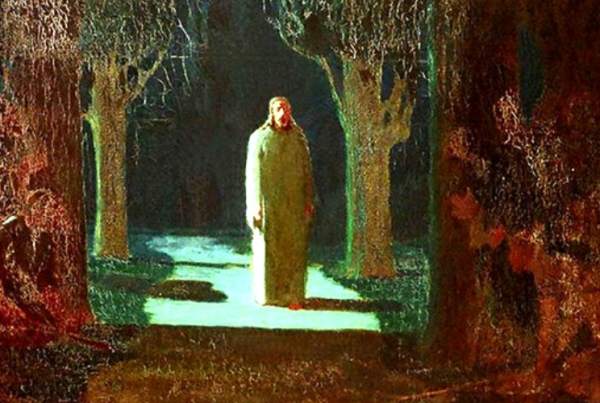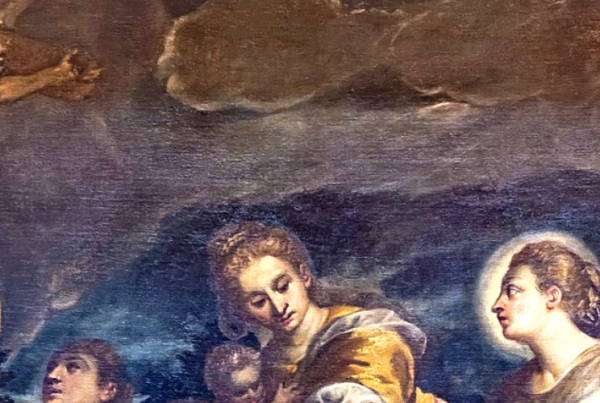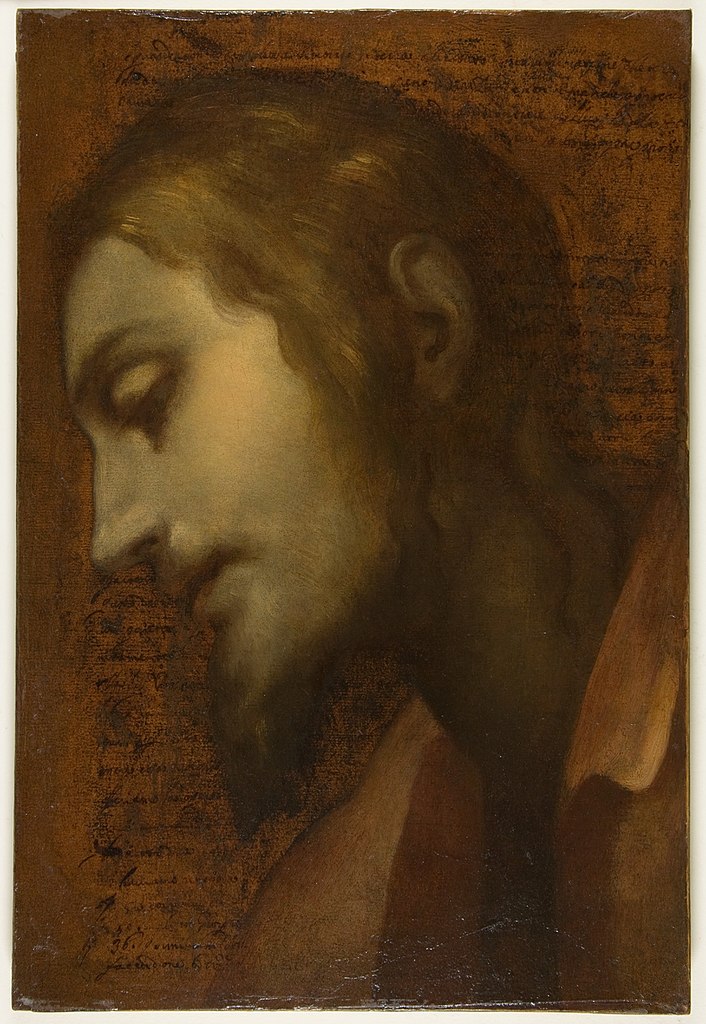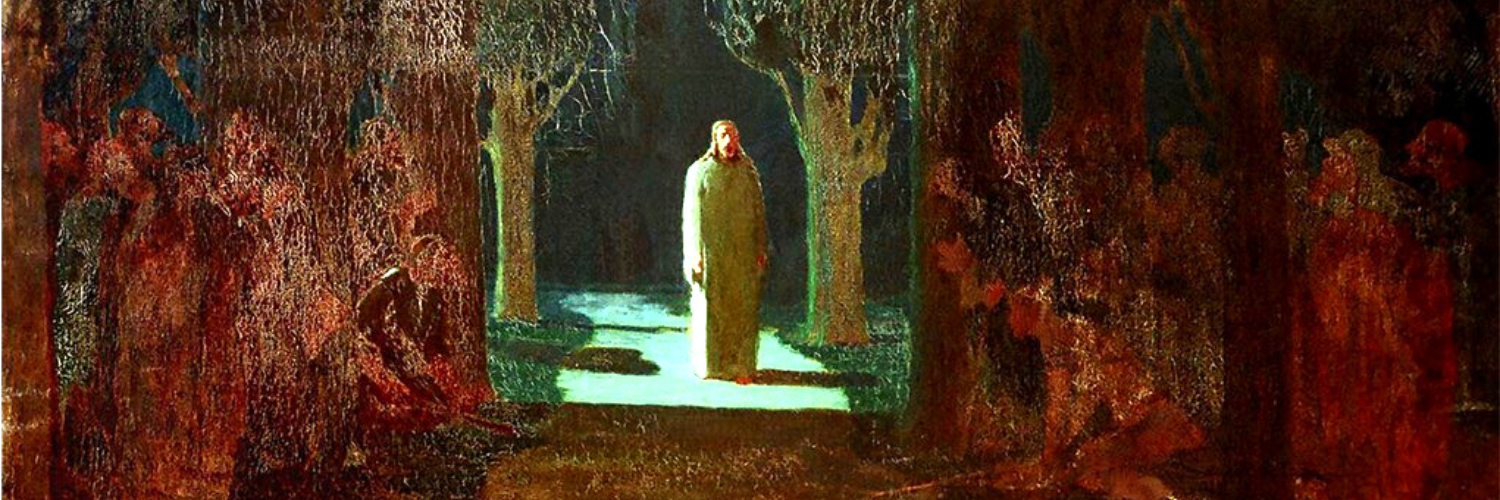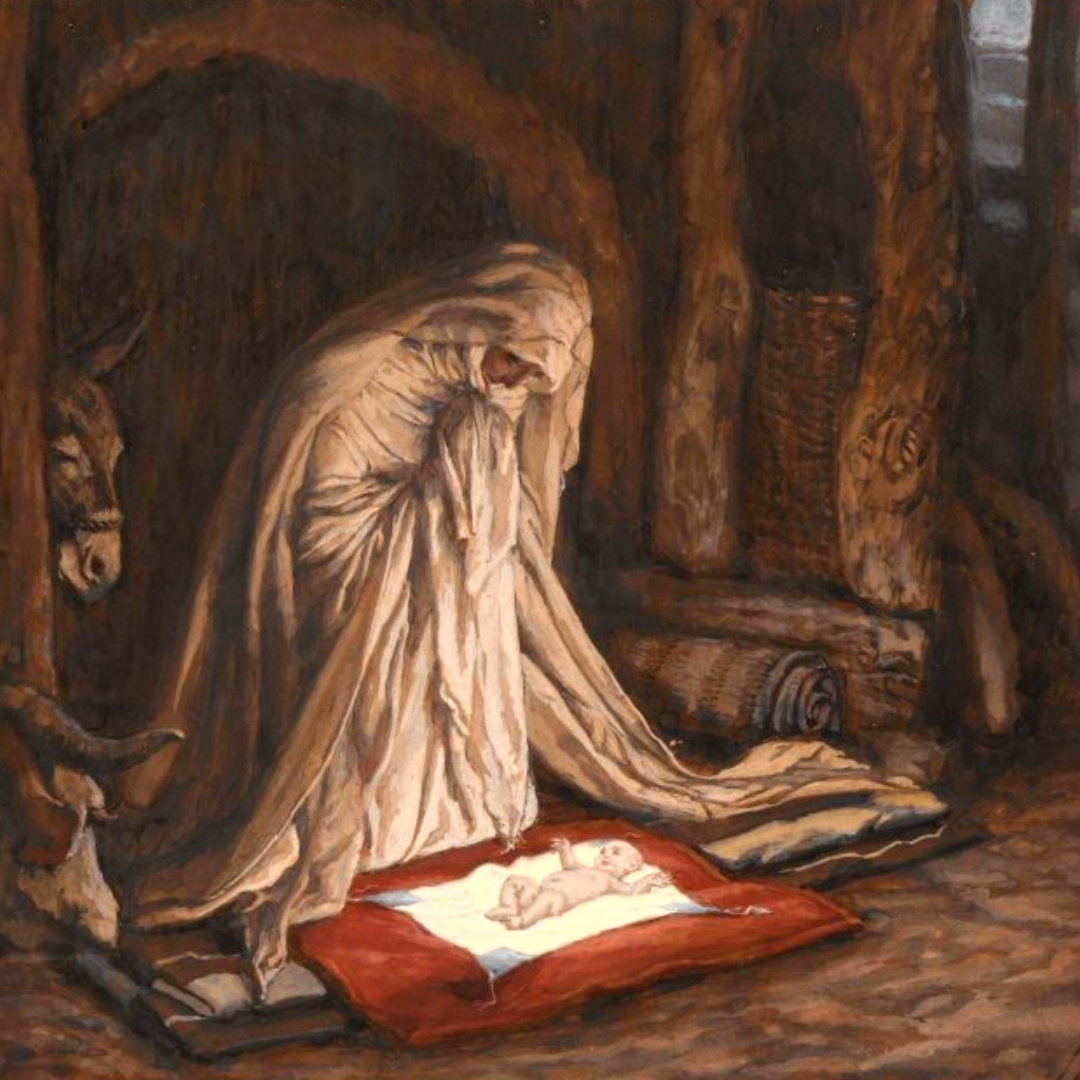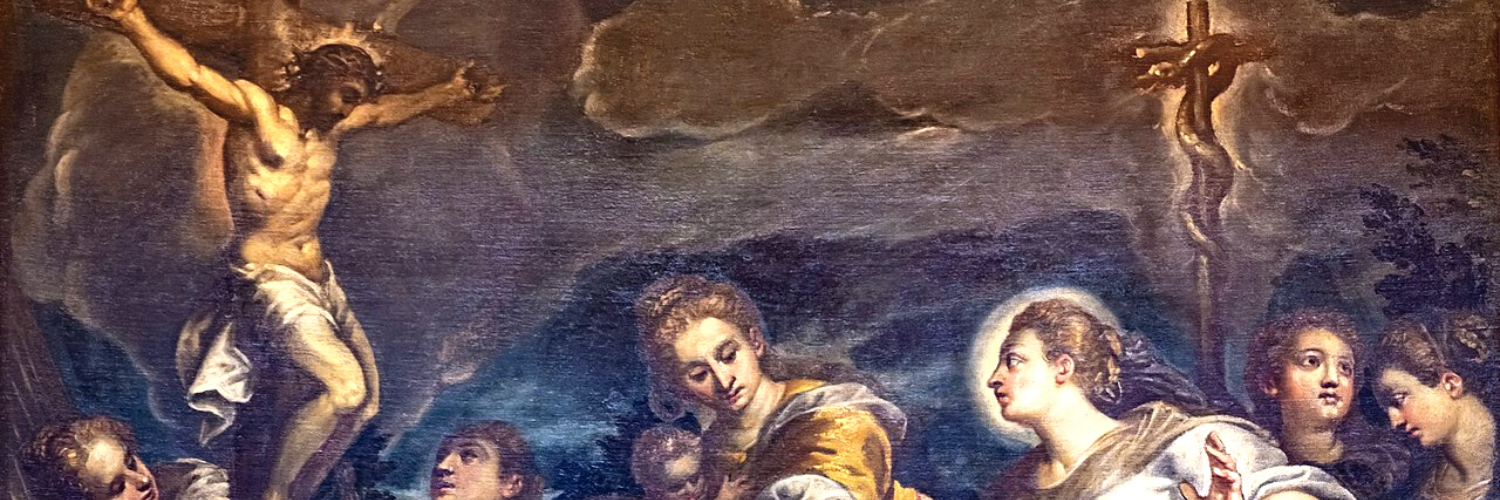
In Accordance With The Scriptures
Fr. Ed Pelrine
How do we know that Jesus is the Messiah and not another prophet? Why do we follow him and not another? That is because the Old Testament prophecies of Christ’s coming had been fulfilled in Jesus. Let’s begin in the New Testament and work back from there.
In Matthew 16:13-17, Jesus questions Peter about who Jesus is: When Jesus went into the region of Caesarea Philippi he asked his disciples, Who do people say that the Son of Man is?” They replied, “Some say John the Baptist, others Elijah, still others Jeremiah or one of the prophets.” He said to them, “But who do you say that I am?” Simon Peter said in reply, “You are the Messiah, the Son of the living God.” Jesus said to him in reply, “Blessed are you, Simon son of Jonah. For flesh and blood has not revealed this to you, but my heavenly Father.”
In the Road to Emmaus account in Luke 24:27, we are told that in the encounter of the two disciples with Jesus, that “beginning with Moses and all the Prophets, he explained to them what was said in all the Scriptures concerning himself.” Jesus would have referred to these following texts to show the fulfillment of the Old Testament:
Beginning with Moses and all the Prophets,
he explained to them what was said in
all the Scriptures concerning himself
Numbers: Numbers 21:9
“Moses made a bronze serpent and set it on a pole. And if a serpent bit anyone, he would look at the bronze serpent and live.”
This is a symbolic “type” prefiguring the Cross, an instrument of death, which becomes the source of life as Jesus is nailed to it and transforms it into the instrument of our salvation.
The Old Testament goes on:
Psalm 2:7-9:
I will tell of the decree of the Lord: He said to me, “You are my son, today I have begotten you. Ask of me, and I will make the nations your heritage, the ends of the earth your possession. You will rule them with an iron scepter, you will dash them to pieces like a petter’s vessel.”
Isaiah 7:14:
Therefore, the Lord himself will give you this sign: the virgin shall be with child, and bear a son, and shall name him Immanuel.
Isaiah 42:1,4:
Here is my servant, whom I uphold, my chosen one in whom I delight; I will put my Spirit on him and he will bring justice to the nations . . . He will not falter or be discouraged till he establishes justice on earth…

Isaiah 52:14-15
See, my servant shall prosper, he shall be raised high and greatly exalted.
Isaiah 53:3-10
There was in him no stately bearing to make us look at him, nor appearance that would attract us to him. He was spurned and avoided by men, a man of suffering, accustomed to infirmity, one of those from whom men hide their faces, spurned, and we held him in no esteem. Yet it was our infirmities that he bore, our sufferings that he endured, while we thought of him as stricken, as one smitten by God and afflicted. But he was pierced for our offenses, crushed for our sins. Upon him was the chastisement that makes us whole, by his stripes we were healed. We had all gone astray like sheep, each following his own way; But the LORD laid upon him the guilt of us all.
Though he was harshly treated, he submitted and opened not his mouth; Like a lamb led to the slaughter or a sheep before the shearers, he was silent and opened not his mouth. Oppressed and condemned, he was taken away, and who would have thought any more of his destiny? If he gives his life as an offering for sin, he shall see his descendants in a long life, and the will of the LORD shall be accomplished through him.
Daniel 7:13-14
As the visions during the night continued, I saw One like a son of man coming, on the clouds of heaven; When he reached the Ancient One and was presented before him. He received dominion, glory, and kingship; nations and peoples of every language serve him. His dominion is an everlasting dominion that shall not be taken away, his kingship shall not be destroyed.
Lastly, we find ourselves back in the New Testament in Luke 1:32-33. As the Old Covenant is being fulfilled in Jesus in the New Covenant which will be consummated on Calvary, there is the figure of Simeon in the Temple, meeting the Messiah as he is presented by Mary and Joseph. Although this is a New Testament passage, it highlights the transition, the completion of the old and the inauguration of the new. Simeon prophesies to Mary: He will be great and will be called the Son of the Most High; and the Lord God will give to him the throne of his father David, and he will reign over the house of Jacob forever; and of his kingdom there will be no end.
Though he was harshly treated,
he submitted and opened not his mouth;
Like a lamb led to the slaughter or a sheep before
the shearers, he was silent and opened not his mouth.
What This Means For Us
“The New Testament lies hidden in the Old and the Old Testament is unveiled in the New.” St. Augustine
God’s plan for our salvation is coherent and cohesive, and one. Jesus is the Way, the Truth, and the Life, prophesied of old, revealed in time.
FOR FURTHER READING ON THIS TOPIC
